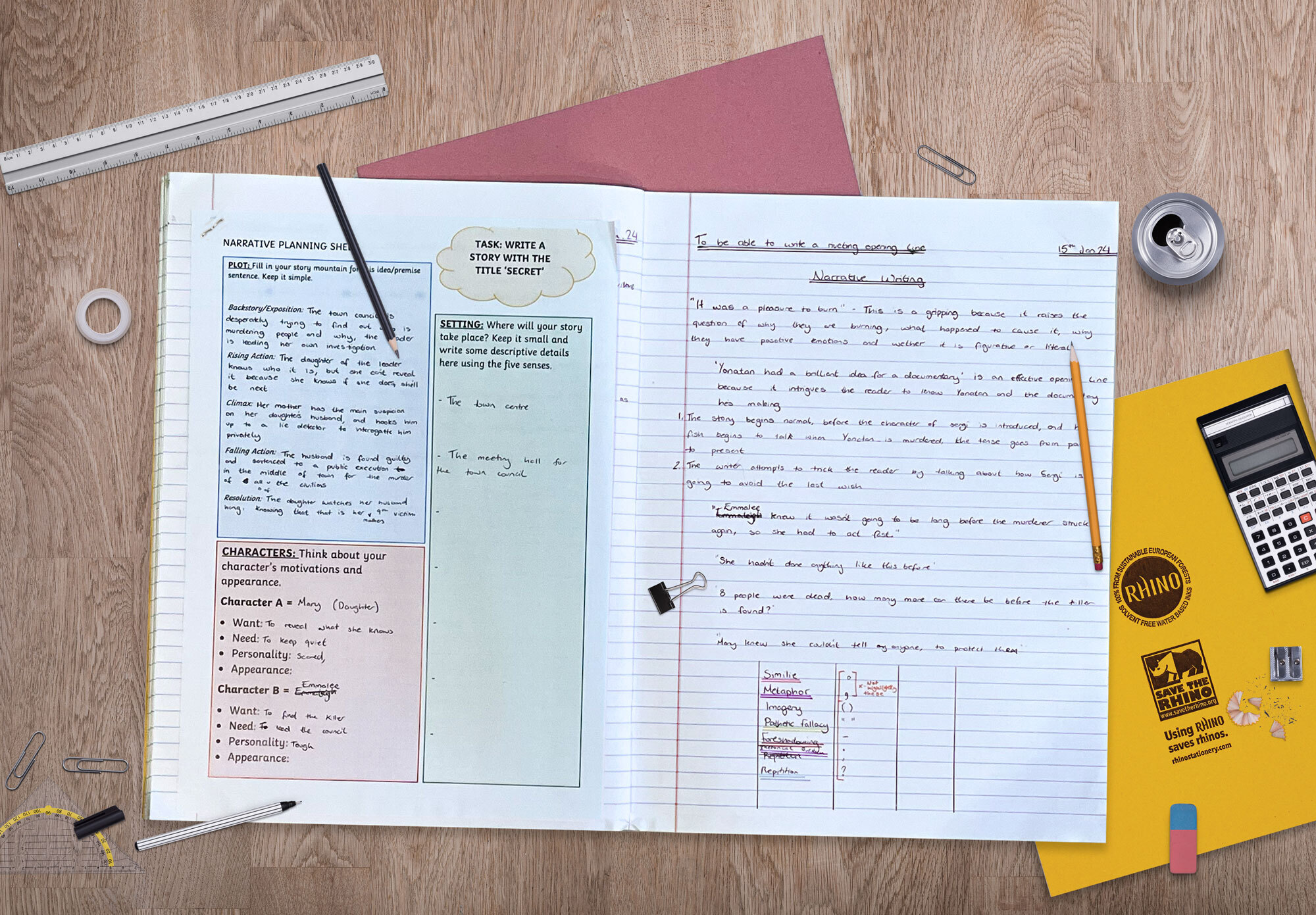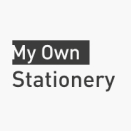
The How-To Series: Issue 4 Project Books
Perfect for primary school projects and available in a range of paper types and rulings, RHINO's project books are educational standard approved, sustainably made and always robust enough to stand up to the demands of a busy classroom. In this week’s How-To blog, we’ll be exploring how to make the most of these versatile, creative classroom tools to nurture learning, engagement and enthusiasm in pupils of all ages.
Why Use a Project Book for Teaching?
Ideal for combining pictures, cuttings and scraps with words, project books are particularly suited to primary school work, but have their benefits for learners of all ages:
- Everything is kept in one place: Project books can easily support various types of teaching materials, including worksheets and information sheets, meaning that all their learning on a particular topic is kept safely in one place. This also makes it much easier for pupils when it comes to revising for tests or going back over old work to find a piece of information they need. And of course, it means no more loose sheets of paper flying all over the place and getting lost!
- They encourage creativity in ways of learning: Children all learn in different ways. Using project books and giving pupils the freedom to explore topics creatively with a range of materials helps to build independent learning skills, resilience and confidence, as well as encouraging students to find out more about themselves and how they like to learn.
- They boost engagement and motivation: Being able to work on projects in a way that best suits them motivates students to actively participate in their own learning, building enthusiasm as pupils create their project books in ways they find personally relevant. Better engagement also encourages better retention of material at the end of the project.
- They allow more diverse assessment methods: Using project books means teachers can assess pupils’ process of learning as well as the outcomes, leading to a much more holistic view of their capabilities. Students who don’t necessarily excel in tests, really have a chance to shine with project-based learning done on their terms.
- They’re versatile: RHINO's project books are available in a range of sizes and paper types to support various subjects and activities. Oversized exercise books allow for the easy addition of worksheets and homework with no need to cut and snip to fit. RHINO's split-page paper format has a blank top half and a lined bottom half – ideal for combining words with more visual ways of learning. And, they’re fantastic for reception and primary age pupils, providing ready-made space for pictures and text.
- They’re robust and fit for purpose: Whichever type best suits your needs, our project books are tough and built to withstand the rigorous demands of a busy classroom. Made with high-quality, sustainably-sourced paper and with sturdy manila covers, they’re backed by the RHINO Lifetime Warranty for extra peace of mind.

Our Top Tips for Getting the Most Out of RHINO’s Project Books
Take advantage of the benefits of project-based learning to full effect with our teaching tips and tricks for using project books:
Encourage students to get creative
Spend time before projects talking to students about different ways of approaching project-based work for the particular topic at hand. There’s no one-size-fits-all here. If you’re able to, share some examples of previous pupils’ project books to get their creative juices flowing. You could also get the whole class involved in brainstorming ideas for project books to kick off the topic with a bang!
Make it personal
Another great way to get a project started is to have pupils design their own front covers in class. Personalising the project books in this way engages pupils in the subject at hand and helps to get them in the right frame of mind, taking responsibility for their own learning. Personalising their front covers also sets the tone for students finding and choosing the ways that they best learn – be it visually through diagrams, drawings and collages or through more written approaches.
Provide a project guide
While it’s fantastic to have students being more independent in their learning, they’ll still need a clear project guide to make sure they cover all their bases. A project guide should outline all the requirements, timelines and available resources so students can make the best use of their time and know where to go for the information they need. We recommend printing your project guide and asking students to stick it to the inside cover of their project book, where it will be close at hand.
Check in regularly
Make sure that you check in with students to remind them of any project stages or upcoming tasks that need to be completed. This will helps pupils to stay on track and help you to identify any students that may need extra support before the project comes to an end. With all their work easily accessible in a project book, you’ll find this much easier to do!
Encourage reflection and feedback
Reflecting on the learning process after a project finishes is one of the most important parts of the whole effort. Encourage students to properly evaluate their project methods and learning with a purpose-made evaluation form. This will help students to carry forward the things that worked into their next project and set them up for future success. Of course, it’s also important to identify areas for improvement so that the same traps can be avoided next time. Again, the evaluation form can be stuck in the back of their project book so they can easily refer to it in the future.
We hope we’ve given you a range of tips and tricks that you can make use of in project work with your classes this year.

 Rhino Stationery
Rhino Stationery
 My Own Stationery
My Own Stationery
 Aisling Stationery
Aisling Stationery
 Amazon.co.uk
Amazon.co.uk